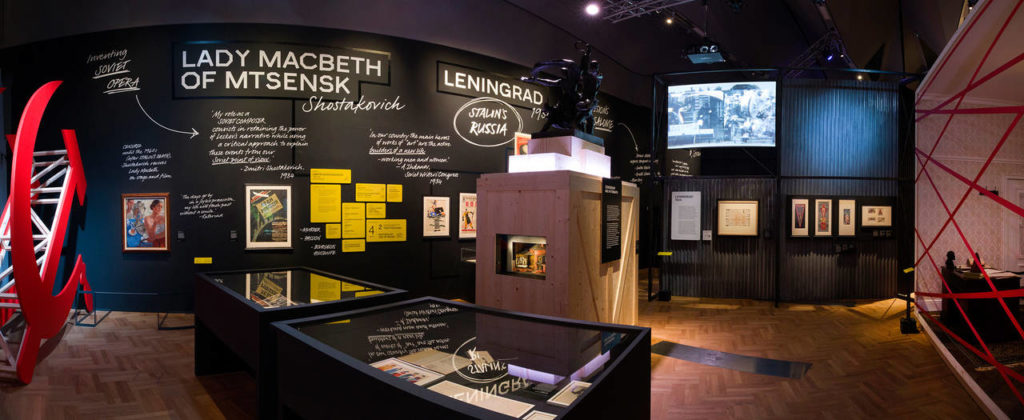3.8 Case Study: A V&A museum exhibition
When a museum decides to put on a new exhibition, one of the most crucial steps after selecting the objects for display is deciding how to tell the story of those objects. However the curators will also need to account for the fact that different audiences will experience the exhibit differently. One technique used by the Victoria & Albert museum in London is to split up their visitors into three groups; paddlers, swimmers and divers:
- Paddlers – will mainly look at the objects themselves and will only read small amounts of text. Will likely go only to the objects that interest them.
- Swimmers – often those who visit museums regularly. Will read a medium amount of text and will look at most of the objects.
- Divers – often those who have a specific interest in the exhibition topic. They will want all the details and will be happy to read everything!
The aim is not to turn everyone into divers. After all, if every visitor read everything in the exhibition, it would likely cause a traffic jam! Instead the aim is to make sure each group gets a comprehensive story. In order to do this, there needs to be a ‘hierarchy of messages’. Curators carefully select which are the absolute key points of the story and these are written in short excerpts, often displayed prominently. Information that is not so crucial but provides context, can be displayed slightly less prominently. Finally, those additional details can be added in smaller labels next to each object. Take a look at the design of this exhibition on ‘opera’ below and identify which pieces of text could be targeted to each audience group:
Highlight the text below to see our answers:
Paddlers – The very large text on the wall in hand-written style font.
Swimmers – The large yellow and white panels.
Divers – Smaller labels adjacent to each item.


